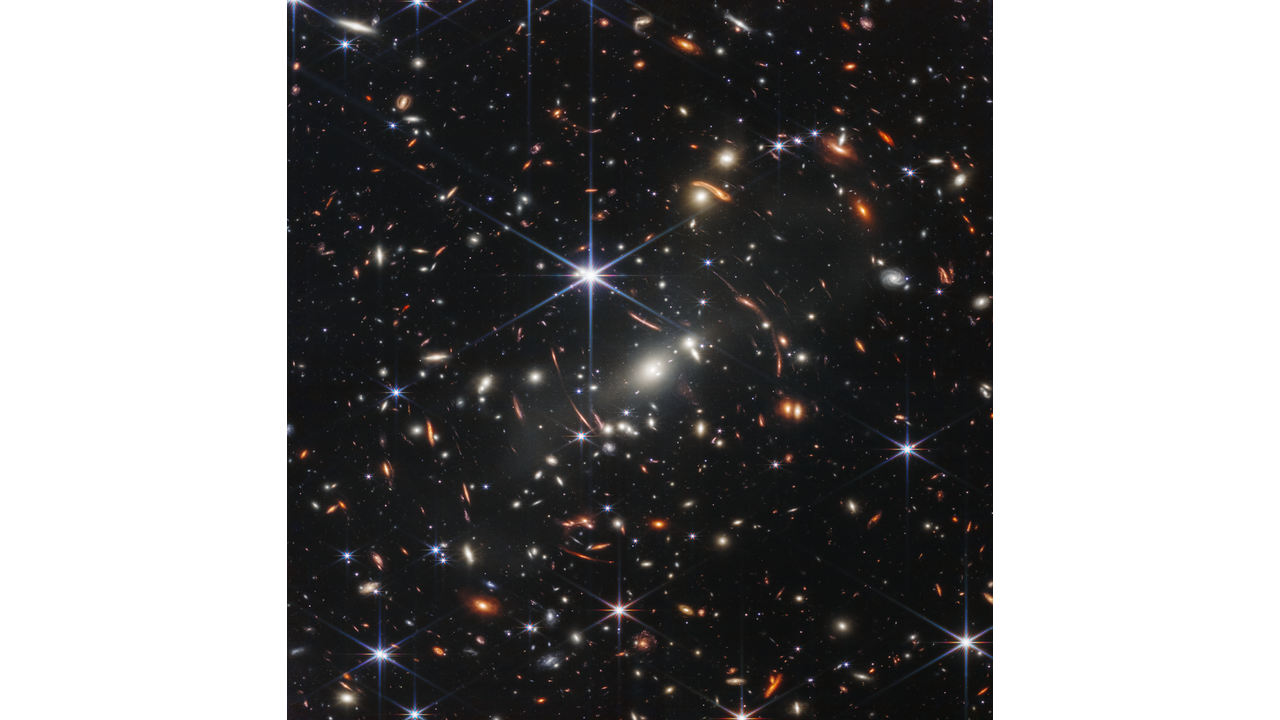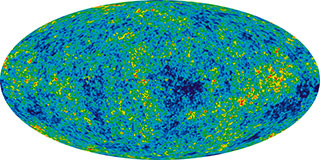Looking up in awe at the night sky, the stars and planets pop out as bright points against a dark background. All of the stars that we see are nearby, within our own Milky Way Galaxy. And while the amount of stars visible from a dark sky location seems immense, the actual number is measurable only in the thousands. But what lies between the stars and why can’t we see it? Both the Hubble telescope and the James Webb Space Telescope (Webb) have revealed that what appears as a dark background, even in our backyard telescopes, is populated with as many galaxies as there are stars in the Milky Way.
So, why is the night sky dark and not blazing with the light of all those distant galaxies? Much like looking into a dense forest where every line of sight has a tree, every direction we look in the sky has billions of stars with no vacant spots. Many philosophers and astronomers have considered this paradox. However, it has taken the name of Heinrich Wilhelm Olbers, an early 19th century German astronomer. Basically, Olbers Paradox asks why the night sky is dark if the Universe is infinitely old and static – there should be stars everywhere. The observable phenomenon of a dark sky leads us directly into the debate about the very nature of the Universe – is it eternal and static, or is it dynamic and evolving?
It was not until the 1960s with the discovery of the Cosmic Microwave Background that the debate was finally settled, though various lines of evidence for an evolving universe had built up over the previous half century. The equations of Einstein’s General Theory of Relativity suggested a dynamic universe, not eternal and unchanging as previously thought. Edwin Hubble used the cosmic distance ladder discovered by Henrietta Swan Leavitt to show that distant galaxies are moving away from us – and the greater the distance, the faster they’re moving away. Along with other evidence, this lead to the recognition of an evolving Universe.
The paradox has since been resolved, now that we understand that the Universe has a finite age and size, with the speed of light having a definite value. Here’s what’s happening – due to the expansion of the Universe, the light from the oldest, most distant galaxies is shifted towards the longer wavelengths of the electromagnetic spectrum. So the farther an object is from us, the redder it appears. The Webb telescope is designed to detect light from distant objects in infrared light, beyond the visible spectrum. Other telescopes detect light at still longer wavelengths, where it is stretched into the radio and microwave portions of the spectrum. The farther back we look, the more things are shifted out of the visible, past the infrared, and all the way into the microwave wavelengths. If our eyes could see microwaves, we would behold a sky blazing with the light of the hot, young Universe – the Cosmic Microwave Background.
The next time you look up at the stars at night, turn your attention to the darkness between the stars, and ponder how you are seeing the result of a dynamic, evolving Universe.
NASA’s James Webb Space Telescope has produced the deepest and sharpest infrared image of the distant universe to date. Known as Webb’s First Deep Field, this image of galaxy cluster SMACS 0723 is overflowing with detail. This slice of the vast universe is approximately the size of a grain of sand held at arm’s length by someone on the ground. (Image Credit: NASA, ESA, CSA, STScI) https://bit.ly/webbdeep
The oldest light in the universe, called the cosmic microwave background, as observed by the Planck space telescope is shown in the oval sky map. An artist’s concept of Planck is next to the map. The cosmic microwave background was imprinted on the sky when the universe was just 380,000 years old. It shows tiny temperature fluctuations that correspond to regions of slightly different densities, representing the seeds of all future structure: the stars and galaxies of today. (Image credit: ESA and the Planck Collaboration – D. Ducros) https://go.nasa.gov/3qC4G5q
This article is distributed by NASA’s Night Sky Network (NSN).
The NSN program supports astronomy clubs across the USA dedicated to astronomy outreach. Visit nightsky.jpl.nasa.gov to find local clubs, events, and more!



